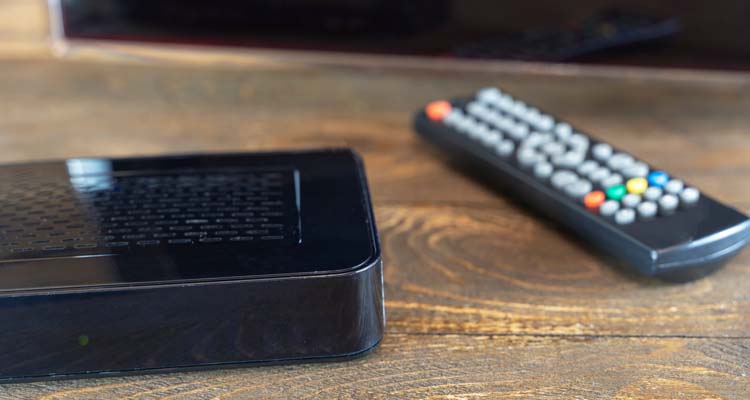What Has — And Hasn’t — Changed About Broadcast Boxes
 Somehow the future we’re living in seems to be dumber and more complicated than the one that was predicted. It wasn’t that long ago — ten years ago (if that) — that there was much talk about “cord-cutters,” consumers who were canceling their broadcast TV subscriptions and getting all their entertainment over the internet. Many bold pronouncements were made about the death of cable companies in general and TV networks in particular.
Somehow the future we’re living in seems to be dumber and more complicated than the one that was predicted. It wasn’t that long ago — ten years ago (if that) — that there was much talk about “cord-cutters,” consumers who were canceling their broadcast TV subscriptions and getting all their entertainment over the internet. Many bold pronouncements were made about the death of cable companies in general and TV networks in particular.
Skipping ahead to the present day, that was an idealistic take that was quite obviously wrong.
Even back when people were saying such things, the landscape of the broadcast industry was already morphing: cable and telecom companies began encroaching on each other’s turf. Today, broadcast companies offer telecom, telecom companies offer broadcast, and everyone offers internet.
That conversion of disparate companies into each other’s business model has made broadcast even more resilient. They often bundle broadcast and internet services together in a package at a monthly price that’s cheaper to take both than just internet only. They’ve also headed off the threat of streaming services by either offering streaming services of their own or by partnering with big streaming services to host those apps on their broadcast boxes.
I think in my own house we can access Netflix on five different pieces of hardware. It’s kind of ridiculous, but that’s a rant for another day. Where I really want to go with this is to complain about how annoying broadcast cable boxes are despite all the technological progress we’ve made elsewhere in AV.
It’s remarkable that streaming boxes are eminently controllable but broadcast boxes aren’t. It was bad enough years ago when broadcast boxes were IR only and didn’t have the decency to have 3.5mm IR ports on the back, necessitating the use of eyes. No, now broadcast boxes (depending on the maker) use a cryptic mix of IR, RF and Bluetooth with little actual documentation. To top it off, they’re all IP-enabled. But are they IP-controllable? Of course not! What was I thinking? Literally everything else in our living room AV system is IP-controlled via a remote control app. But the TELUS Optik TV box still needs its own remote.
Here we are, living in the future, and we still have a stray remote control that we can’t consign to a box in the closet of my office.
Oh, but wait, TELUS rolled out Google Home compatibility with their Optik TV boxes. Sort of. It works better than some of the third party Google Home functionality, but that’s not saying much. On the FAQ page, the list of known issues is longer than the list of working voice commands.
My last complaint: one constant between broadcast boxes from ten years ago and today is that they’re still the only home AV components that regularly lock up and need to be hard booted. It seems the more things change, the more they stay the same.


